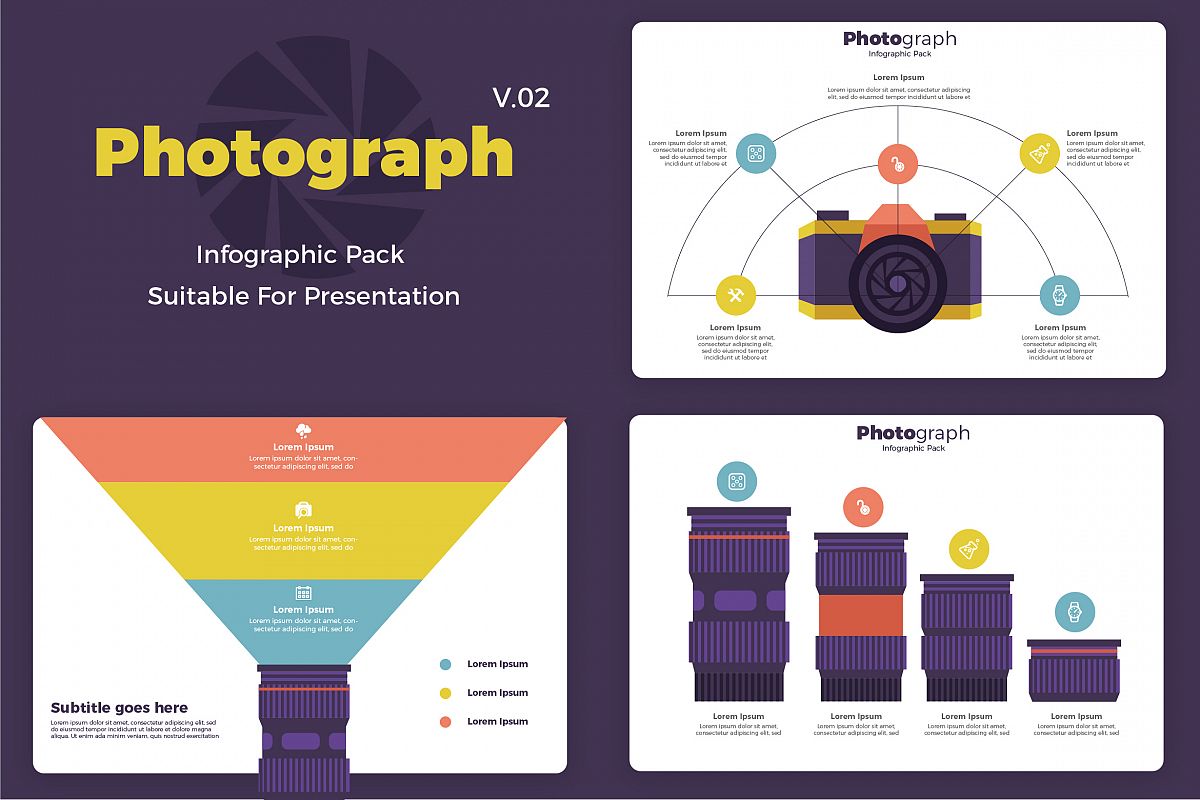What Every Photographer Must Learn About Lighting
What Every Photographer Must Learn About Lighting
Blog Article
Uploaded By-Futtrup Heath
As a photographer, you understand that lighting can make or break your photos. Understanding the nuances of both all-natural and artificial light is necessary for recording the mood and clearness you go for in your job. Whether you're going after the ideal golden hour glow or fine-tuning your synthetic setups, grasping these components can boost your digital photography significantly. But there prevail pitfalls that lots of forget, and acknowledging them can change your technique to every shoot. Allow's discover what http://erlinda911johnathon.xtgem.com/__xt_blog/__xtblog_entry/__xtblog_entry/37561349-how-to-construct-a-photography-portfolio-that-stands-out?__xtblog_block_id=1#xt_blog may be missing and how it can impact your results.
Understanding All-natural Light
Comprehending all-natural light is critical for any kind of digital photographer aiming to enhance their work. It's the foundation of excellent digital photography, affecting mood, tone, and clearness. When you shoot outdoors, take note of the time of day. The gold hour-- soon after sunup and before sundown-- uses soft, cozy light that can change regular scenes into sensational pictures.
Don't take too lightly the power of cloudy days. https://zenwriting.net/cassy4penelope/learn-to-reveal-your-special-photo-design-by-exploring-impacts-and diffuses sunshine, creating a soft, also light that's excellent for pictures and macro photography. You'll discover shades appear this type of lights without extreme shadows.
Positioning issues, also. Constantly consider your topic's orientation to the light. If the sun's behind your topic, you may end up with a shape, which can be dramatic yet mightn't be what you want. On use this link , straight sunshine can produce uncomplimentary shadows.
Experiment with angles; sometimes, changing your perspective can yield remarkable results. Usage all-natural reflectors, like water or sand, to jump light onto your subject, adding measurement.
Mastering Artificial Light
Understanding synthetic light is crucial for photographers who want to take their abilities to the next degree. Whether you're making use of speedlights, workshop strobes, or continual lights, comprehending how to manipulate these sources can drastically improve your images.
Start by acquainting on your own with the fundamentals of light top quality, direction, and color temperature. Try out various modifiers like softboxes, umbrellas, or grids to regulate the softness or cruelty of the light.
You'll discover that soft light typically develops lovely results, while harsher light can include dramatization and depth. Don't shy away from shadows; they can boost the three-dimensionality of your subjects.
Pay very close attention to the placement of your lights. A light positioned also close to your topic can create unflattering results, while as well far can cause an absence of information. Utilize a light meter or your electronic camera's pie chart to ensure you're revealing properly.
Last but not least, keep in mind that synthetic light can be combined with ambient light for innovative impacts. Balancing these sources may take practice, but once you grasp it, your digital photography will really radiate.
Strategies for Various Circumstances
When you step into various shooting scenarios, adjusting your lights strategies is vital for recording the best pictures. For exterior portraits, utilize the golden hour-- morning or late afternoon light-- to soften darkness and enhance complexion.
If it's a harsh midday sunlight, consider using a reflector to jump light back onto your topic or seek shaded areas for a much more also direct exposure.
In low-light scenarios, like indoor occasions, raise your ISO and use a broad aperture to allow in even more light. A tripod can aid remove cam shake, permitting longer exposures without blurring.
If you're contending night, experiment with off-camera flash to produce dynamic lights and deepness in your images.
For item photography, utilize diffused lights to prevent harsh representations. Softboxes or light outdoors tents can aid attain this impact.
When photographing landscapes, consider the instructions of light and time of day, as it can drastically alter the mood of your shot.
Constantly prepare to change your setups and placing based upon the scenario, as versatility is essential to grasping lights in digital photography.
Verdict
In conclusion, mastering lighting is vital to elevating your photography skills. Embrace all-natural light's beauty during golden hour, and do not shy away from try out man-made light strategies. By adjusting your strategy to various scenarios, you'll capture magnificent photos that reverberate with feeling and clearness. Remember, the right lights can change a normal shot into something remarkable, so maintain exercising and refining your understanding of both natural and man-made light. Delighted shooting!
